Difference between safety valve and relief valve
Pressure Relieving Devices (PRD) are essential components utilized in refineries, chemical plants, and similar facilities to prevent over pressurization of pressure vessels and equipment. They serve the critical function of releasing excess pressure when necessary, whether it involves gas, steam, liquids, or vapors. Properly functioning pressure relief devices are paramount for safeguarding personnel and equipment since unexpected pressure surges can lead to equipment damage, containment breaches, and costly plant shutdowns.
Pressure relieving devices encompass various mechanisms, including Pressure Safety Valves (PSV), Pressure Relief Valves (PRV), Rupture Disk Devices, and Pin-Actuated Devices. These devices come in diverse sizes and configurations, enabling the safe release of pressurized fluids or gases through secondary passages, preventing pressure from exceeding safe operational limits.
Pressure Safety Valve (PSV): A Pressure Safety Valve (PSV) is a specific type of valve used to rapidly release gases from equipment to avert over pressurization and potential safety incidents. PSVs activate automatically when pressure surpasses predefined limits, promptly restoring equipment pressure to a safe operating level.
Pressure Relief Valve (PRV): A Pressure Relief Valve (PRV) is another type of valve employed to release stored gas in various equipment to maintain optimal pressure levels. PRVs open gradually as pressure increases, allowing for the controlled release of pressure. It's important to note that PRVs and PSVs are sometimes used interchangeably, but a key distinction exists. PRVs open progressively in response to pressure, while PSVs open suddenly upon reaching a specific pressure level to prevent over pressurization and potential safety incidents.
Both PSVs and PRVs operate by automatically relieving excess pressure from the system and automatically closing when pressure returns to normal levels.
The most common type of safety valve used in industries is the spring-loaded safety valve. These valves feature a spring attached to an adjusting screw, providing flexibility in adjusting the spring force. A spindle connects the spring to a disc, located at the point where fluid enters the valve during over pressurization.
Under normal operating conditions, where pressure force is lower than spring force, the disc remains stationary. If pressure force equals spring force, the disc begins to move, allowing fluid from the equipment to flow out of the system.
In the case of a PSV, when pressure force exceeds spring force, the valve opens suddenly, often accompanied by a distinctive "pop" sound. Conversely, a PRV opens proportionally to increasing pressure, resulting in a relatively gradual opening compared to a PSV. As fluid escapes, pressure decreases. When pressure force falls below spring force, the disc returns to its original position, sealing the equipment.

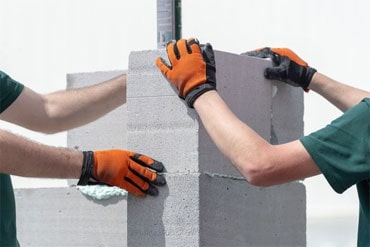 Aerated Concrete Block Industry
Aerated Concrete Block Industry 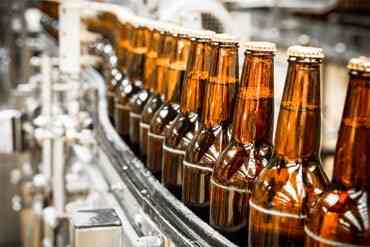 Brewery Industry
Brewery Industry 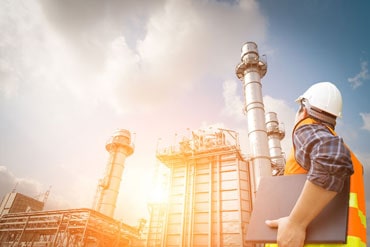 Captive Cogen Industry
Captive Cogen Industry 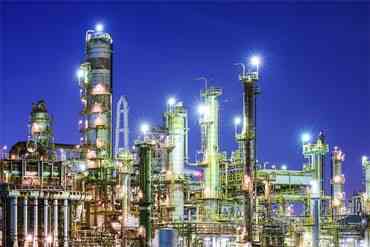 Chemical Industry
Chemical Industry  Dairy Industry
Dairy Industry 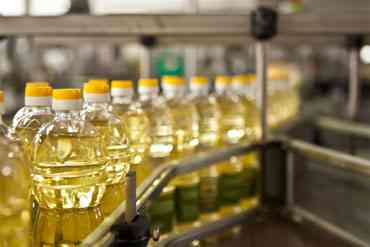 Edible Oil Industry
Edible Oil Industry 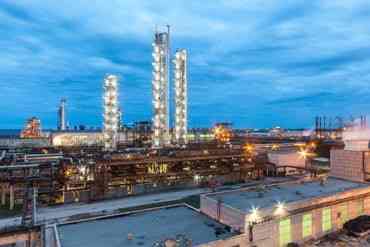 Fertilizer Industry
Fertilizer Industry  Hotel Industry
Hotel Industry 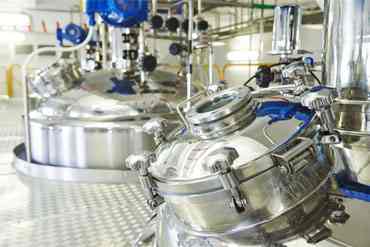 Pharma Industry
Pharma Industry 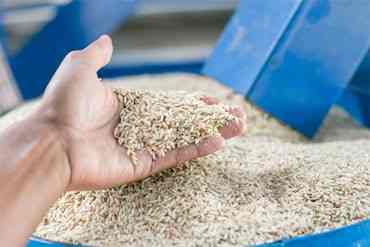 Rice Industry
Rice Industry 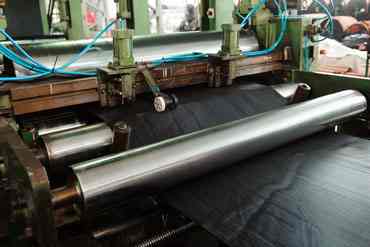 Rubber Industry
Rubber Industry  Soap Industry
Soap Industry 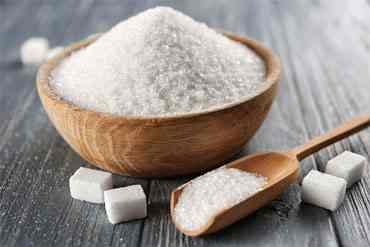 Sugar Industry
Sugar Industry  Textile Industry
Textile Industry 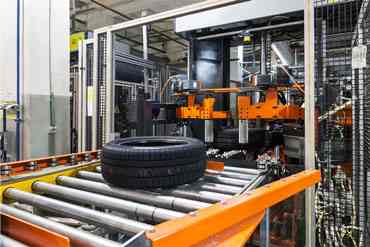 Tyre Industry
Tyre Industry